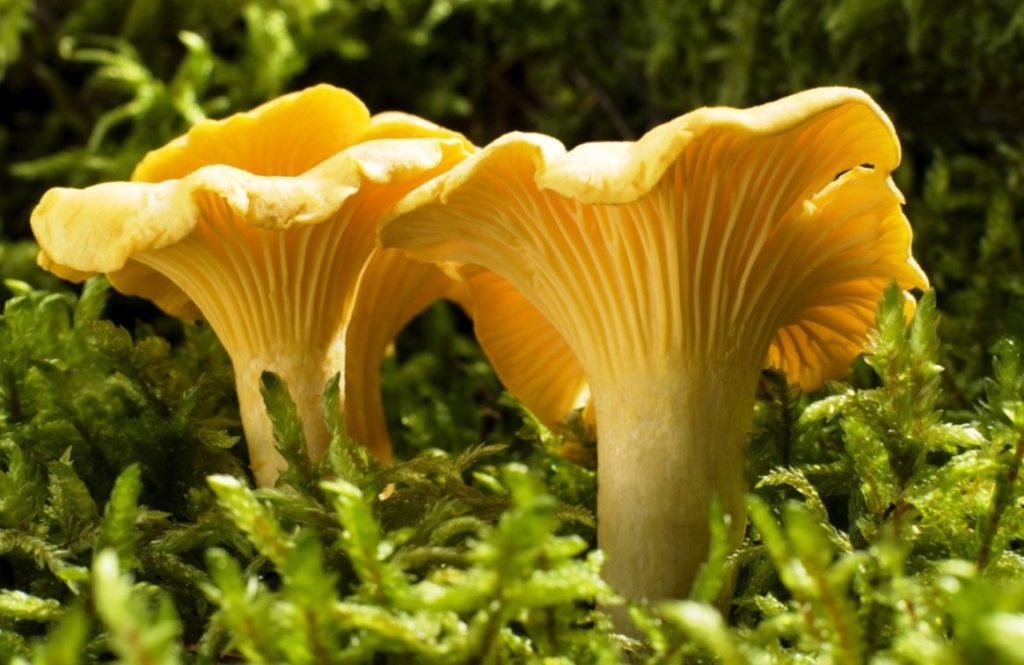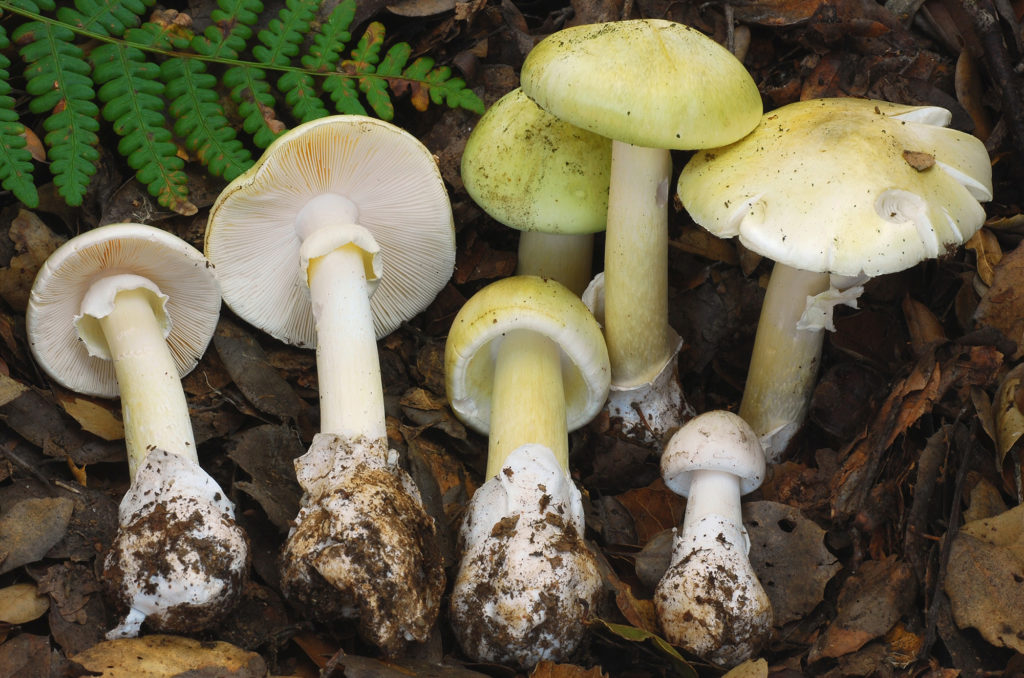The world of mushrooms is a captivating realm that often remains hidden beneath the forest canopy or nestled within the damp corners of the wilderness. From enchanting fairy tale landscapes to culinary delights, mushrooms offer a diverse array of experiences for outdoor enthusiasts and food aficionados alike. However, a venture into the woods requires knowledge of which mushrooms are safe to eat and which should be avoided at all costs. In this article, we’ll explore some edible mushrooms that grace our forests and touch upon those that are best left untouched.

Edible Delights: A Culinary Adventure
- Chanterelles (Cantharellus spp.): With their vibrant golden hues and delicate funnel-like caps, chanterelles are often regarded as the queen of edible mushrooms. Their peppery and fruity flavor profile lends itself well to a variety of dishes, including risottos, sautés, and soups.
- Morels (Morchella spp.): Prized for their unique, honeycomb-like appearance, morels are considered a gourmet delight. These mushrooms are commonly found in spring and are often sautéed in butter for a rich and earthy flavor.
- Hen of the Woods (Grifola frondosa): Also known as maitake, this mushroom forms large clusters that resemble the ruffled feathers of a hen. Its tender texture and robust flavor make it a favorite among chefs and foragers alike.
- Lobster Mushrooms (Hypomyces lactifluorum): These vibrant orange mushrooms are actually a parasitic combination of a host mushroom and a specific fungus. With a taste reminiscent of seafood, they can be a delightful addition to various dishes.
- Puffballs (Lycoperdon spp.): These unassuming mushrooms release a cloud of spores when tapped, earning them their name. When young and white on the inside, puffballs can be enjoyed fried or sautéed.

Danger Lurks: Mushrooms to Avoid
- Death Cap (Amanita phalloides): One of the most poisonous mushrooms, the death cap resembles edible varieties, making it a deadly trap for the unwary. Ingesting even a small amount can lead to severe liver and kidney damage, often resulting in death.
- Destroying Angel (Amanita bisporigera): This innocent-looking mushroom is responsible for a majority of mushroom-related fatalities. Its toxic compounds can lead to organ failure within hours of consumption.
- False Morels (Gyromitra spp.): While true morels are safe to eat, false morels contain a toxic compound that can cause serious health issues. Distinguishing between the two can be challenging, so it’s best to err on the side of caution.
- Galerina spp.: Often mistaken for edible mushrooms due to their similar appearance, many species within the Galerina genus contain the same deadly toxins found in the death cap.
- Jack O’Lantern Mushroom (Omphalotus olearius): Named after its resemblance to a flickering candle, this mushroom can cause severe gastrointestinal distress if consumed.
Foraging Safely: Tips and Precautions
- Education is Key: Before setting out on a mushroom foray, educate yourself about the local species, both edible and toxic. Joining a local mycological society or attending workshops can provide valuable knowledge.
- Be Methodical: Carry a field guide specific to your region to help with identification. Pay close attention to details such as color, size, shape, and the presence of gills, as these characteristics can be crucial in differentiating between species.
- When in Doubt, Don’t Eat: If you’re unsure about a mushroom’s edibility, it’s best to leave it alone. Misidentifying mushrooms can have dire consequences.
- Start Slowly: If you’re new to foraging, begin by learning a few easily identifiable edible species. Gradually expand your repertoire as your knowledge and confidence grow.
- Consult Experts: If you’re uncertain about the identification of a mushroom, consult experienced foragers or mycologists for guidance.
In the captivating world of mushrooms, the line between a culinary delight and a toxic trap can be alarmingly thin. To fully enjoy the experience of foraging, ensure you have a solid understanding of the edible mushrooms that grace our forests, as well as those that should be avoided at all costs. Remember, the key to a successful mushroom foray lies in a blend of curiosity, respect for nature, and a cautious approach.

